Potřebujeme váš souhlas k využití jednotlivých dat, aby se vám mimo jiné mohly ukazovat informace týkající se vašich zájmů. Souhlas udělíte kliknutím na tlačítko „OK“.
ASTM D904-99(2013)
Standard Practice for Exposure of Adhesive Specimens to Artificial Light
Automaticky přeložený název:
Standardní praxe týkající se expozice Lepicí vzorků umělého osvětlení
NORMA vydána dne 1.7.2013
Informace o normě:
Označení normy: ASTM D904-99(2013)
Poznámka: NEPLATNÁ
Datum vydání normy: 1.7.2013
Kód zboží: NS-39688
Počet stran: 3
Přibližná hmotnost: 9 g (0.02 liber)
Země: Americká technická norma
Kategorie: Technické normy ASTM
Kategorie - podobné normy:
Anotace textu normy ASTM D904-99(2013) :
Keywords:
adhesive, artificial light, ultraviolet light, ICS Number Code 83.180 (Adhesives)
Doplňující informace
| Significance and Use | ||||||||
|
4.1 This practice is for determining the effects of UV light, or UV light and water, on adhesive bonded joints under controlled but artificial conditions. The results of this practice can be used for comparing the relative durability of several adhesives in a specific laboratory UV exposure. 4.2 This practice is not for determining a forecast of the life of an adhesive bond in service. It is only for determining the relative durability of different adhesives compared to each other. 4.3 The results obtained may vary between the different light sources (xenon-arc or fluorescent UV), because of the different spectral-irradiance of the lamps. Adhesives should not be compared to each other based on their performance under different types of light sources. 4.4 The results obtained may vary when operation conditions are varied within the limits of a given method. The results may also vary when exposures are performed on instruments made by different manufacturers. Comparisons between materials must only be made when they are tested at the same time in the same instrument. Be sure to accurately report the operating conditions. 4.5 The type and UV transmittance characteristics of the transparent adherend used can have a significant effect on the rate and type of degradation of the adhesives being tested. Comparisons between adhesives must only be made when tested on transparent adherends of the same type (preferably the same lot) with the same UV transmission. 4.6 This practice is not for determining the effects of atmospheric pollutants, biological organisms, salt, or freeze/thaw cycles. |
||||||||
| 1. Scope | ||||||||
|
1.1 This practice covers the basic principles and operating procedures for ultraviolet (UV) light aging (with or without water) of adhesive bonded joints having at least one glass or transparent adherend, using fluorescent UV (see Method A) or xenon-arc light sources (see Method B). 1.2 This practice is limited to the apparatus for obtaining, measuring, and controlling the aging conditions, and to the procedures for exposure. Sample preparation, strength, test conditions, and evaluation of the results are described in other ASTM test methods or specifications. 1.3 The values stated in SI units are to be regarded as standard. No other units of measurement are included in this standard. 1.4 This standard does not purport to address all of the safety concerns, if any, associated with its use. It is the responsibility of the user of this standard to establish appropriate safety and health practices and determine the applicability of regulatory limitations prior to use. |
||||||||
| 2. Referenced Documents | ||||||||
|
Podobné normy:
Historická
1.4.2008
Historická
1.10.2013
Historická
1.4.2008
Historická
1.4.2011
Historická
1.5.2007
Historická
1.10.2010
Doporučujeme:
Aktualizace technických norem
Chcete mít jistotu, že používáte pouze platné technické normy?
Nabízíme Vám řešení, které Vám zajistí měsíční přehled o aktuálnosti norem, které používáte.
Chcete vědět více informací? Podívejte se na tuto stránku.


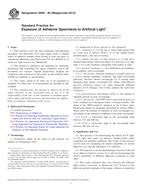
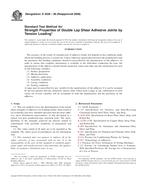 ASTM D3528-96(2008)..
ASTM D3528-96(2008)..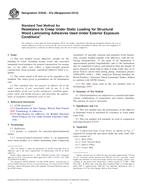 ASTM D3535-07a(2013)..
ASTM D3535-07a(2013)..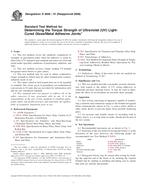 ASTM D3658-01(2008)..
ASTM D3658-01(2008)..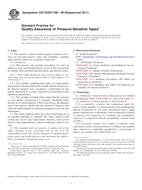 ASTM D3715/D3715M-98..
ASTM D3715/D3715M-98..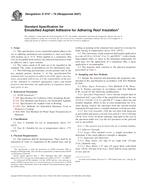 ASTM D3747-79(2007)..
ASTM D3747-79(2007)..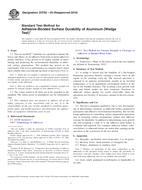 ASTM D3762-03(2010)..
ASTM D3762-03(2010)..
 Cookies
Cookies
